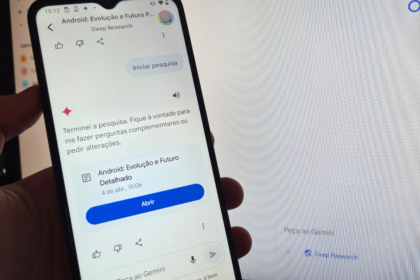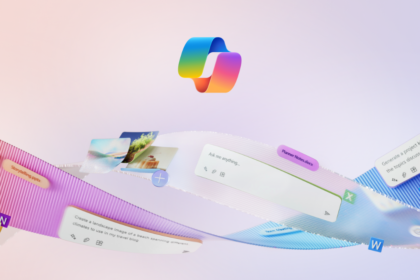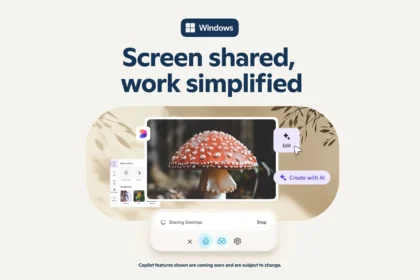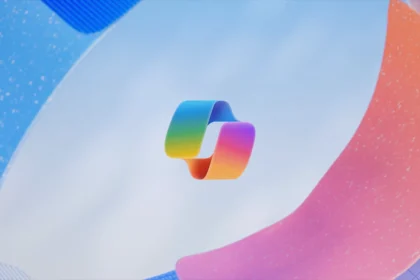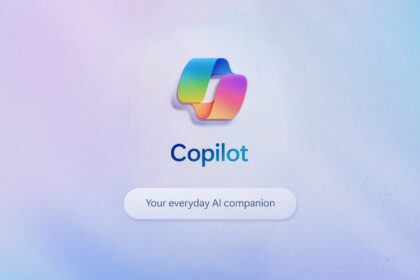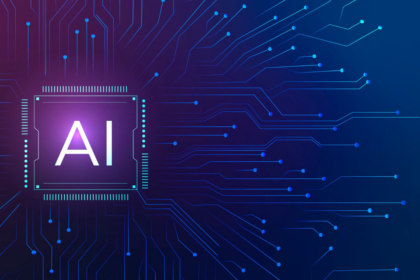Microsoft has officially confirmed that it’s working on developing its artificial intelligence models—a strategic move aimed at reducing its reliance on OpenAI despite the strong partnership between the two companies. Over the years, they’ve collaborated on key products like Copilot and the Azure OpenAI Service. However, Microsoft now wants to gain more control over its AI future.
Mustafa Suleyman, Microsoft’s AI CEO and co-founder of DeepMind shared in a recent CNBC interview that the company is focusing on what he calls “off-frontier” models. These are not designed to be the most cutting-edge or leading-edge AIs but rather sit just behind the frontier—allowing Microsoft to reduce costs and better target specific, practical applications.
«It is cheaper to offer a specific response if you expect three or six months for others to go first. We call that Off-Frontier. That is our strategy, ”Suleyman explained.
Microsoft is progressively unchecked from OpenAi.
This announcement comes when OpenAI is pursuing its bold $500 billion Stargate project, aiming to build massive data centers across the U.S. Meanwhile, SoftBank has taken the lead in OpenAI’s latest funding round—overtaking Microsoft as the largest investor.
As a result, Microsoft has started to lose some of its exclusivity as OpenAI’s primary cloud provider, pushing the company to accelerate the development of its own AI capabilities.
Rather than racing to build the most cutting-edge models like GPT-4 or its successors, Microsoft is taking a different route by focusing on “off-Frontier” models. These are more mature, stable, cost-effective AI technologies prioritizing optimization, customization, and real-world efficiency.
This strategy cuts down the massive costs tied to training frontier-level models and allows Microsoft to deploy AI more effectively in practical tools—like Copilot Vision and Copilot Avatar, which were unveiled during the company’s recent 50th-anniversary celebration.
As Mustafa Suleyman put it, “It’s critical that we become self-sufficient in the long run within Microsoft. But we’re not in a race to be first. It’s expensive and unnecessary to duplicate what already exists.”
The message is clear: Microsoft plans to keep its collaboration with OpenAI going until at least 2030, but it’s also building the foundations to stand on its own when the time comes. Watching how this strategy plays out over the next few years will be interesting.
The future of artificial intelligence in Microsoft
Integration with Copilot and New Features
Microsoft has embedded its AI across its entire tech ecosystem—from Windows to Microsoft 365—unlocking a range of new capabilities:
- Copilot Vision, which allows the AI to interpret and understand images.
- Deep Research is a tool that enhances information gathering by diving deeper into context.
- Copilot Avatar is a digital persona that represents the user.
- Memory helps the AI remember past conversations and preferences for more personalized interactions.
As Microsoft moves toward developing its own AI models, it’s also investing heavily in infrastructure. That means building out data centers, creating custom chips, and deploying advanced cooling technologies. With the energy demands of AI constantly rising, efficiency and sustainability have become top priorities in the company’s roadmap.





